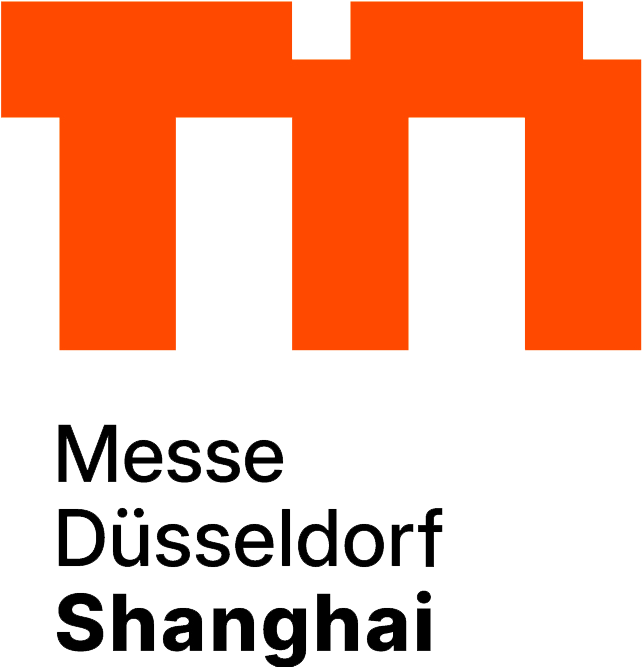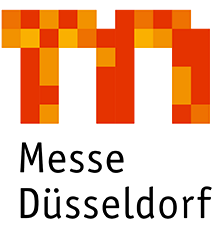Arrival - Have a safe journey!
Shanghai has two civil airports, Pudong International Airport (PVG) and Hongqiao International Airport (SHA). Pudong airport is the newer and bigger of the two, and it predominantly handles international flights. Many may tell you that it only handles international flights whiles Hongqiao Airport handles domestic, but the reality is Pudong often handles some domestic flights too.
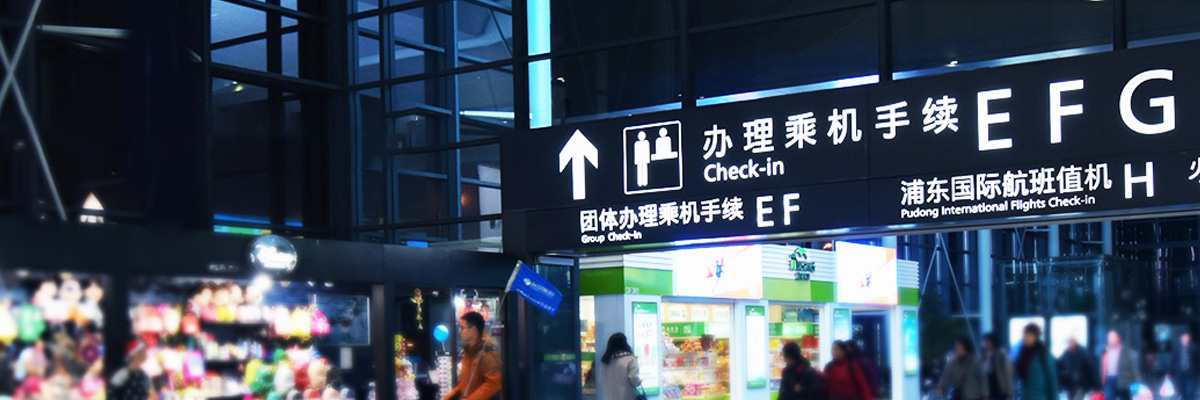
Pudong International Airport is located in the east south of Shanghai, covering an area of 40 km2, about 30 km away from the city center, and about 40 km away from Hongqiao International Airport. It was constructed with one terminal, but a second terminal opened on 26th March 2008.
The two terminals are connected by three indoor, 500-meter-long corridors and free shuttle bus services every 10 minutes, between 6am and 9pm. ....
The best way to check which flights are landing/taking off from where is to check this website. If you are not available to internet, you may also call 96990

by airport shuttle bus
The airport provides a special shuttle bus service into most popular parts of Shanghai including People's Square, Jing'An Temple, Xujiahui, both railway stations, and Hongqiao Airport. Maximum ticket price is 30 yuan. There are 8 lines and as well as going into downtown Shanghai there are also long distance coaches (which go to neighboring provinces and cities such as Suzhou and Hangzhou), Hotel Shuttle Bus (which goes directly to the big hotels downtown), and an 'Airport Circle' bus which traverses the area around the airport. The buses run from early in the morning to late at night with intervals of around 15 – 30 minutes.
All lines start from Terminal 1 and then stop at Terminal 2 for 5 min.

by metro
Now Metro Line 2 is also available at the airport. If you choose to take metro, remember you need to interchange a train at Guanglan Road.
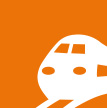
by maglev
Shanghai boasts the first operational maglev in the world, which travels at 430 km per hour. It takes you only 7 min to get to the airport from Longyang Road Maglev Station. Though taking metro is more economical, due to its first-in-the-world status, the maglev has also become something of a tourist attraction in its own right, with many foreigners buying a return ticket just for the thrill of experiencing its high speeds.
Price: RMB50/one way, RMB80/round way
VIP ticket (First Class):RMB100/one way, RMB160/round way
Hotline: 021-28907777
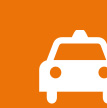
by taxi
Taxi, of course, is the most convenient public transport. A taxi from People’s Square to the Pudong International Airport will cost about RMB150.
Hongqiao airport is the domestic hub for Shanghai, via which you can fly to most Chinese cities. Although handling mainly domestic flights, Hongqiao functions as a standby airport for international flights, in case dense fog or other unexpected situations close Pudong airport. Hongqiao has two terminal buildings. Building B is a special terminal for China Eastern Airlines.
The best way to check which flights are landing/taking off from where is to check this website. If you are not available to internet, you may also call 96990

by metro
Take Metro Line No. 2 to the airport Terminal 2 only.

by taxi
Taxi, of course, is the most convenient public transport, but the traffic jams in rush hours will eat away your patience. A taxi from People's Square to Hongqiao Airport will cost about 50 yuan.

by bus
Although Hongqiao airport has fewer airport bus lines than Pudong, more public bus lines are linked to Hongqiao.No. 806: These buses run from Hongqiao airport to the Lupu Bridge between 6am and 9:30pm at intervals of five to 15 minutes. The line also has a stop at Xujiahui, and the whole trip costs 5 yuan.
No. 807: These buses operate between 6am and 9:30pm from Hongqiao airport to the Zhenguang New Village in Putuo District. Fare is 4 yuan.
No. 925: Most of the route is along Yang'an Road and the buses link Hongqiao airport and People's Square between 6am and 9pm. Fare is 4 yuan.
No. 938: These buses run from Hongqiao airport to Yangjiadu in Pudong at intervals of five to 15 minutes, and the one-way fare is 7 yuan. This service operates from 6am until the arrival of the last passenger flight.
No. 941: Linking Hongqiao airport and Shanghai Railway Station, the line runs from 6:30am to 8:30pm and costs 4 yuan. Interval between services is 10 to 12 minutes.
hanghai's taxis are colorful, unlike New York City's, which are all yellow. Cyan, yellow, white, green, blue, red, dark blue and dark red are the main colours of the taxis in Shanghai and the colors denote different taxi companies. Dark blue and dark red are the colours for the city's hundreds of small and medium taxi companies.
Real taxis have a logo light on the top of the car. Around the driver's seat is a transparent shield protects the driver from robbery. A meter and an illuminated vacancy disk on the dashboard are also necessities for a cab. Without all these things, the taxi is probably unlicensed and you should avoid it, even if the driver solicits you. You have no rights if injured in an unlicensed taxi.
The vacancy disk will help you know which cab is available. When the disk is upright and illuminated showing two Chinese characters -- 空车 -- it means the cab is vacant.
Cyan, yellow, white and green are the taxi colours you will see most frequently, as they are the logo colors of the city's four biggest taxi companies – Dazhong, Qiangsheng, Jinjiang and Bashi.
Fares
The minimum fare is 12 yuan (US$1.76), which covers the first 3 kilometers, and then 2.4 yuan is charged for every additional kilometer. Being stuck in a traffic jam bumps up the bill. Five minutes of waiting time costs the same as a kilometer.
Metro Lines
Reaching almost every corner of the city, covering all the prosperous areas, the Metro is the fastest and most convenient way to move about in the downtown area. There are now ten lines and in December 2007 Shanghai's subway systems overtook Paris as the seventh longest network in the world.
There are stations where several Metro lines meet. An interchange station is a station where you can change for other lines without meeting a ticket barrier, e.g. People's Square Station. A transfer station, however, is one where you have to leave the first line through a ticket barrier and then be charged for another line, e.g. Shanghai Railway Station.
Shanghai transport card holders can get a considerable discount by swiping the card when transferring from one line to another.
The Shanghai Metro, as with elsewhere in the world, is the quickest method to get around a congested metropolis. It's also much cheaper than taxis with maximum fares of 7 yuan per journey. Some special advantages of the Shanghai metro is that it's easy to understand for foreigners due to the simple graph format of its maps, and signs are in both Chinese and Pinyin.
Another special advantage is that it's by far the best way to get across the Huangpu between Pudong and Puxi. Finally it connects both train stations in Shanghai and provides a link to the maglev which goes to Pudong airport.
However, the Metro has its disadvantages. It is extremely crowded in rush hours and Line 1 is crowded in whatever hours. Even the act of getting on and off the trains can be tiresome as people typically don't wait for passengers to disembark before getting on. Also be wary of thieves, both on the train and on the platform, especially when it is extremely crowded.
For more information, please click the link: http://www.shmetro.com/




